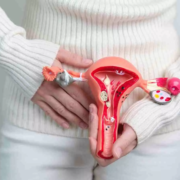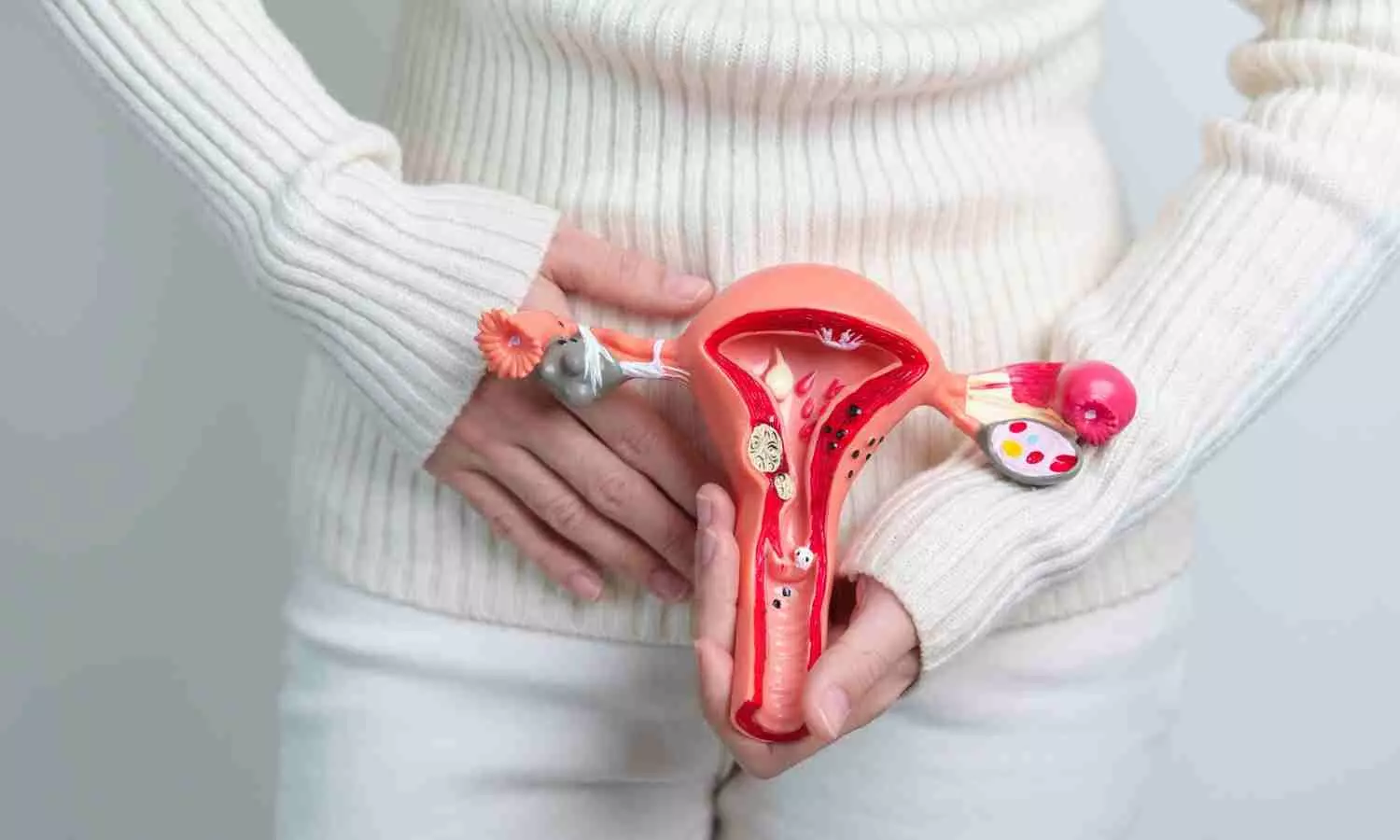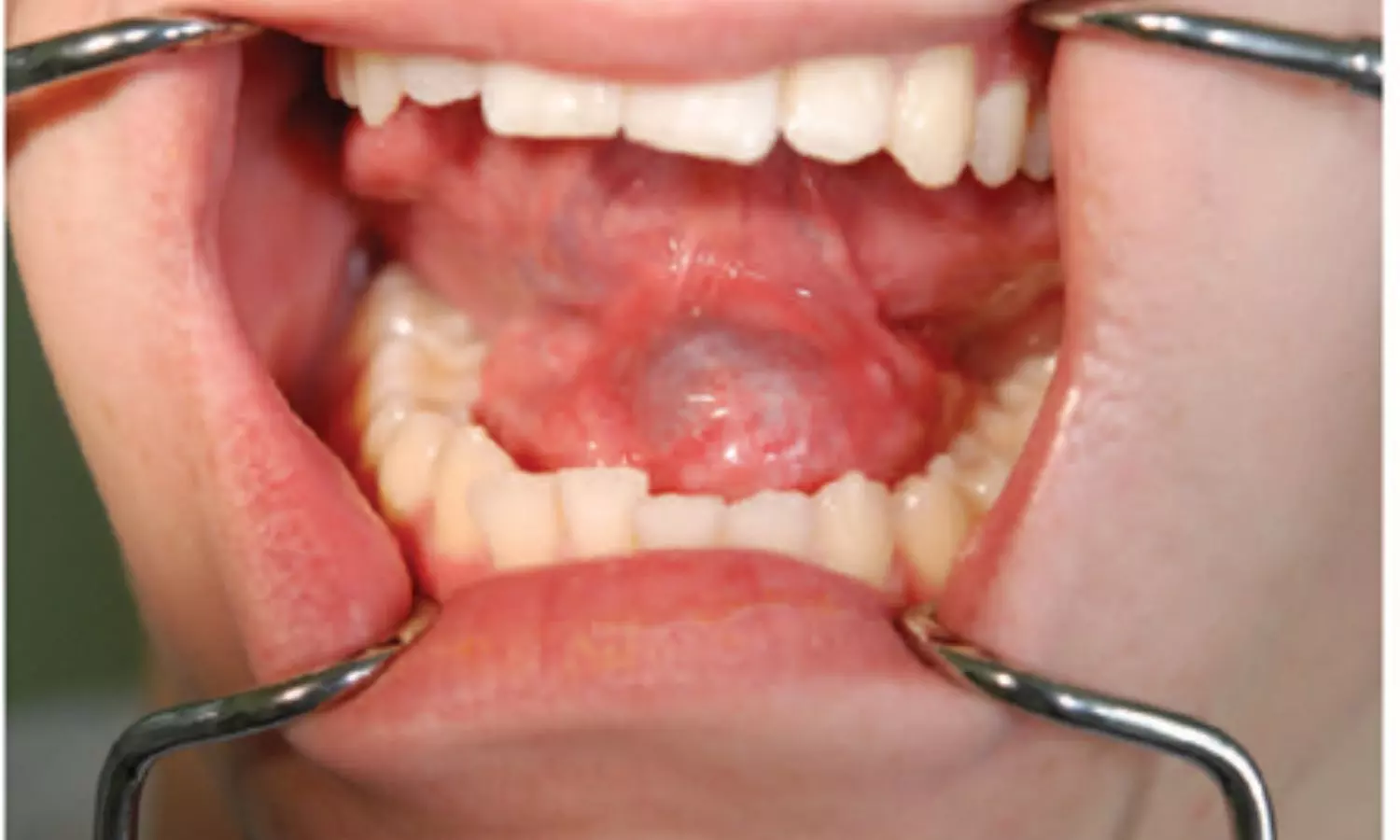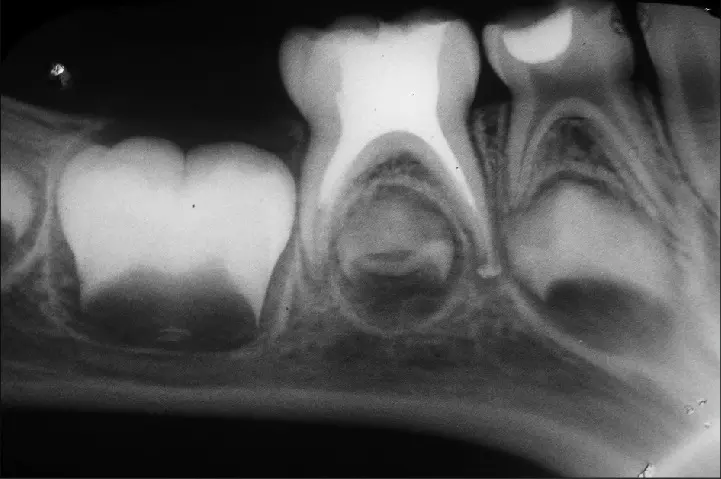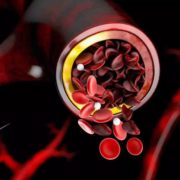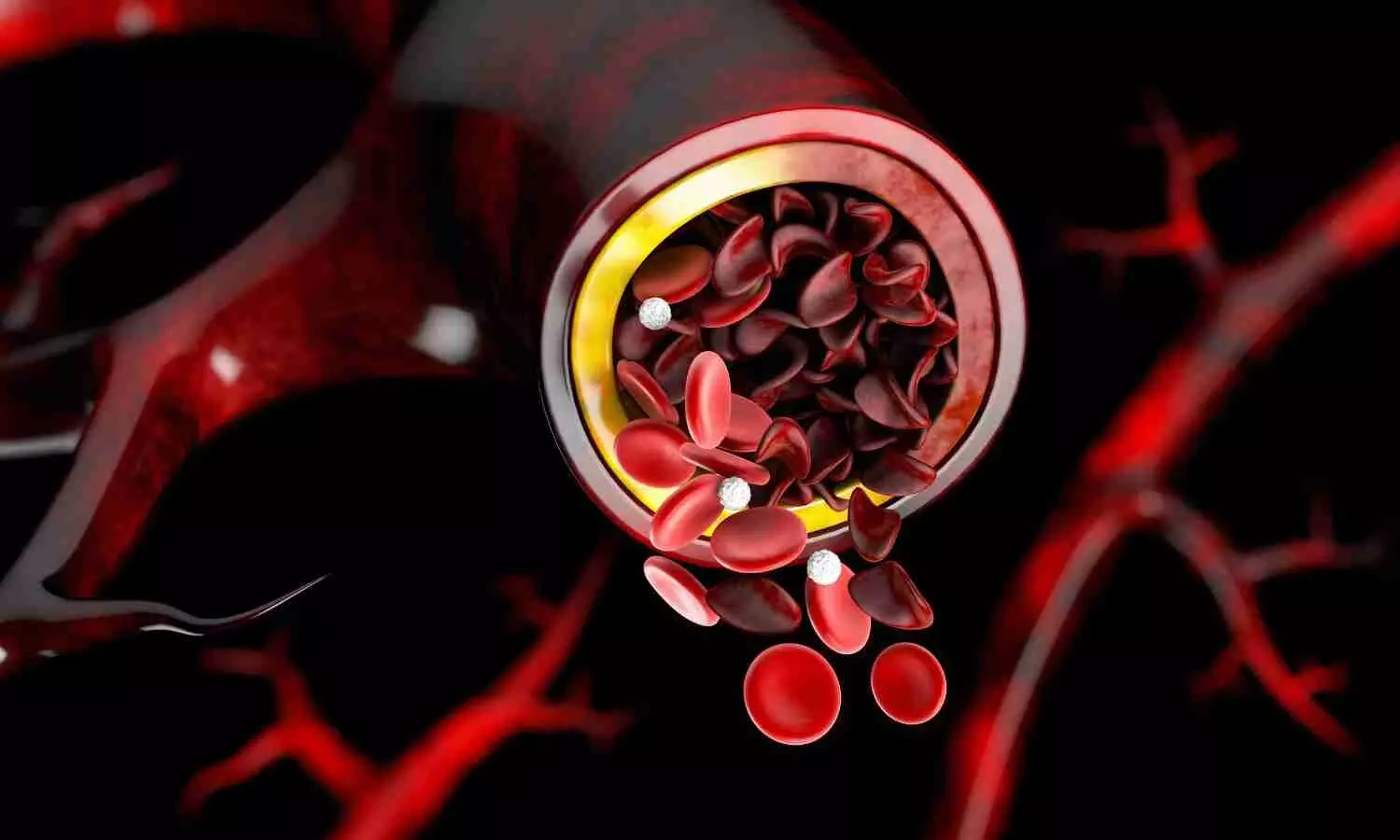Ketogenic diet may help restore metabolic health in psychiatric symptoms: Study

The ketogenic diet may help restore metabolic health in psychiatric symptoms suggests a study published in the Psychiatry Research.
The ketogenic diet (KD, also known as metabolic therapy) has been successful in the treatment of obesity, type 2 diabetes, and epilepsy. More recently, this treatment has shown promise in the treatment of psychiatric illness. We conducted a 4–month pilot study to investigate the effects of a KD on individuals with schizophrenia or bipolar disorder with existing metabolic abnormalities. Twenty–three participants were enrolled in a single–arm trial. Results showcased improvements in metabolic health, with no participants meeting metabolic syndrome criteria by study conclusion. Adherent individuals experienced significant reduction in weight (12 %), BMI (12 %), waist circumference (13 %), and visceral adipose tissue (36 %). Observed biomarker enhancements in this population include a 27 % decrease in HOMA–IR, and a 25 % drop in triglyceride levels. In psychiatric measurements, participants with schizophrenia showed a 32 % reduction in Brief Psychiatric Rating Scale scores. Overall Clinical Global Impression (CGI) severity improved by an average of 31 %, and the proportion of participants that started with elevated symptomatology improved at least 1–point on CGI (79 %). Psychiatric outcomes across the cohort encompassed increased life satisfaction (17 %) and enhanced sleep quality (19 %). This pilot trial underscores the potential advantages of adjunctive ketogenic dietary treatment in individuals grappling with serious mental illness.
Reference:
Shebani Sethi, Diane Wakeham, Terence Ketter, Farnaz Hooshmand, Julia Bjornstad, Blair Richards, Eric Westman, Ronald M Krauss, Laura Saslow. Ketogenic Diet Intervention on Metabolic and Psychiatric Health in Bipolar and Schizophrenia: A Pilot Trial, Psychiatry Research, Volume 335, 2024, 115866, ISSN 0165-1781, https://doi.org/10.1016/j.psychres.2024.115866.
(https://www.sciencedirect.com/science/article/pii/S0165178124001513)
Keywords:
Ketogenic diet, restore, metabolic, health, psychiatric symptoms, study, Bipolar illness; Schizoaffective disorder; Ketogenic diet metabolic therapy; Insulin resistance; Obesity; Metabolic psychiatry; Metabolic syndrome; Psychiatric disease; Clinical trial; Mental health, Shebani Sethi, Diane Wakeham, Terence Ketter, Farnaz Hooshmand, Julia Bjornstad, Blair Richards, Eric Westman, Ronald M Krauss, Laura Saslow, Psychiatry Research
Powered by WPeMatico




